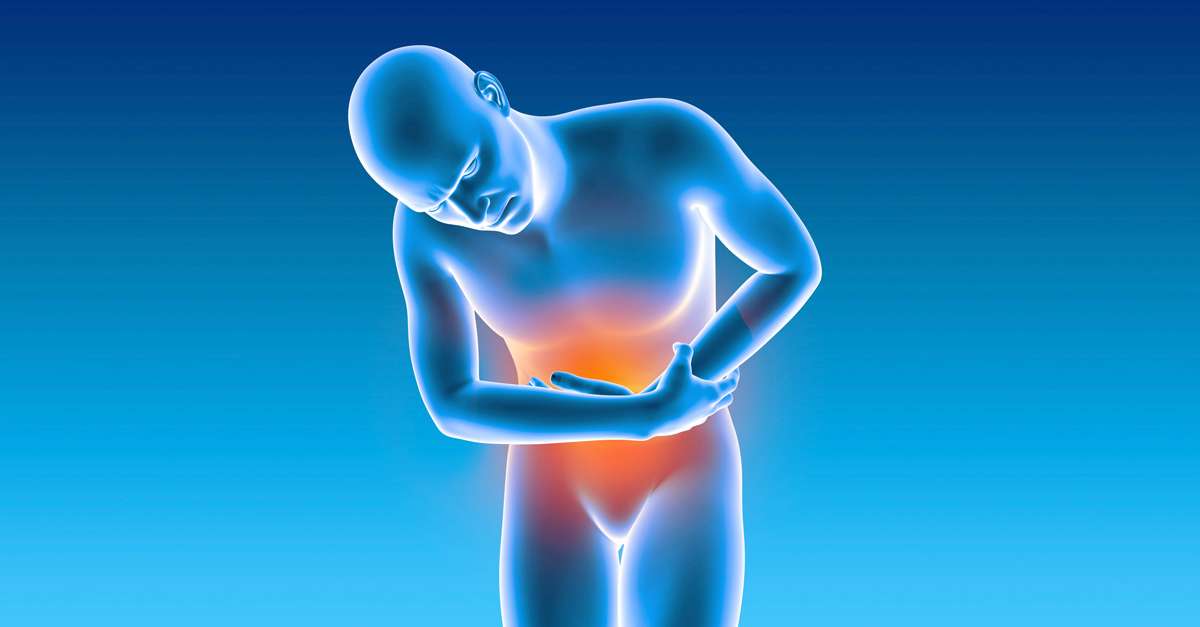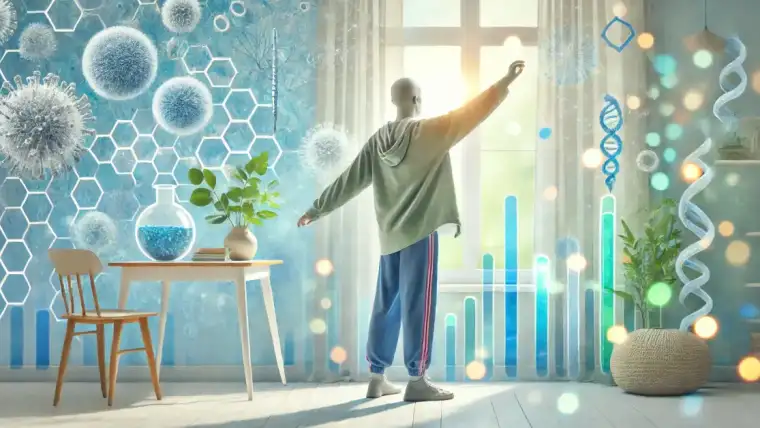
What Is CIRS Disease? Understanding This Complex Condition
When unexplained symptoms like extreme fatigue, brain fog, and muscle pain persist despite multiple doctor visits, you might be dealing with something more complex than individual health issues. For many, the answer lies in understanding Chronic Inflammatory Response Syndrome (CIRS).
What is CIRS?
Chronic Inflammatory Response Syndrome (CIRS) is a multi-system, multi-symptom condition triggered when the body’s immune system has an inappropriate and ongoing response to environmental toxins—particularly biotoxins from mold, Lyme disease, and other sources. Unlike a normal inflammatory response that resolves once a threat is eliminated, in CIRS, the inflammation continues unchecked, creating a cascade of health problems throughout the body.
Dr. Ritchie Shoemaker, a pioneer in CIRS research, describes it as “an acute and chronic, systemic inflammatory response syndrome acquired following exposure to the interior environment of a water-damaged building with resident toxigenic organisms, including fungi, bacteria, actinomycetes, and mycobacteria.”
Common Symptoms of CIRS
CIRS can affect nearly every system in the body, which is why it’s often misdiagnosed or mistaken for other conditions. Some of the most common symptoms include:
- Profound fatigue and weakness
- Cognitive difficulties (brain fog, memory problems, difficulty concentrating)
- Unexplained muscle pain and cramping
- Joint pain without inflammation
- Headaches
- Sensitivity to light
- Mood swings, anxiety, and depression
- Digestive issues
- Shortness of breath
- Temperature regulation problems
- Electric shock-like sensations
- Sleep disturbances
- Frequent urination
- Word-finding difficulties
Most CIRS patients report experiencing at least 8 of these symptoms, which can vary in intensity from day to day.
What Causes CIRS?
CIRS typically develops after exposure to biotoxins—biological toxins produced by living organisms. The most common causes include:
- Mold and mycotoxins from water-damaged buildings
- Lyme disease and other tick-borne illnesses
- Cyanobacteria from harmful algal blooms
- Dinoflagellates from red tide events
- Certain spider bites
What makes some people susceptible to CIRS while others seemingly tolerate these exposures? Genetics play a crucial role. Approximately 25% of the population has a genetic predisposition (HLA-DR genes) that prevents them from effectively clearing these biotoxins from their bodies.
The Biotoxin Pathway: How CIRS Develops
When exposed to biotoxins, a susceptible person’s immune system initiates an inflammatory response. However, due to genetic factors, their body cannot properly tag these toxins for removal. This leads to a continuous cycle of inflammation as the immune system remains in “high alert” mode.
This ongoing inflammation triggers a cascade of biological responses, including:
- Disruption of hormone regulation
- Increased production of inflammatory markers (cytokines, TGF-beta1)
- Blood flow and oxygen delivery problems
- Immune system dysregulation
- Gut microbiome imbalances
- Blood-brain barrier disruption
Diagnosing CIRS
CIRS diagnosis involves a comprehensive approach:
- Symptom Cluster Analysis: Identifying multiple symptoms affecting different body systems
- Exposure History: Documenting potential biotoxin exposures
- Visual Contrast Sensitivity Testing: A screening tool that detects neurological function changes
- Laboratory Testing: Measuring inflammatory markers, hormone levels, and other biomarkers
- Genetic Testing: Identifying HLA-DR gene types associated with biotoxin susceptibility
- Environmental Testing: Assessing buildings for water damage and mold contamination
Treatment Approaches for CIRS
Treating CIRS typically follows a step-by-step protocol:
- Remove from Exposure: The first and most crucial step is eliminating ongoing exposure to biotoxins
- Bind Toxins: Using binders like cholestyramine to help remove toxins from the body
- Address Inflammation: Targeting inflammatory pathways with anti-inflammatory approaches
- Correct Hormone Imbalances: Addressing disruptions in hormonal systems
- Restore Gut Health: Repairing intestinal permeability and gut microbiome balance
- Support Detoxification: Enhancing the body’s natural detoxification processes
- Repair Neural Function: Addressing brain inflammation and cognitive issues
Living with CIRS: The Road to Recovery
Recovery from CIRS is possible but requires patience and a comprehensive approach. Most patients see gradual improvement when following a structured treatment protocol. However, those with genetic susceptibility may need to remain vigilant about preventing future exposures.
Dr. Keith Berndtson, a CIRS-literate physician, notes: “CIRS patients who complete the treatment protocol and avoid re-exposure can experience significant symptom resolution and improved quality of life.”
Finding Support and Resources
If you suspect you have CIRS, finding knowledgeable healthcare providers is essential. Look for:
- Physicians trained in environmental medicine or functional medicine
- CIRS-literate practitioners who understand the Shoemaker Protocol
- Support groups for biotoxin illness
- Resources for testing your home environment
Conclusion
CIRS is a complex condition that requires a multifaceted approach to diagnosis and treatment. While challenging, understanding the root causes of this inflammatory response syndrome offers a path forward for many who have struggled with unexplained, multi-system symptoms.
With proper identification, removal from exposure, and appropriate treatment, many CIRS patients can regain their health and quality of life. If you’re experiencing multiple unexplained symptoms that conventional medicine hasn’t been able to address, exploring the possibility of CIRS may provide answers and a roadmap to recovery.
This article is for informational purposes only and should not be considered medical advice. Always consult with a qualified healthcare provider for diagnosis and treatment of any medical condition.
Useful Resources
Organizations and Information
- Surviving Mold: Dr. Ritchie Shoemaker’s comprehensive resource site – survivingmold.com
- International Society for Environmentally Acquired Illness (ISEAI): Professional medical organization focused on environmentally acquired illnesses – iseai.org
- Environmental Health Center-Dallas: Medical center specializing in environmental medicine – ehcd.com
Testing Resources
- ERMI Testing: Environmental Relative Moldiness Index testing information – mycometrics.com
- Real-Time Labs: Mycotoxin testing services – realtimelab.com
- Great Plains Laboratory: Comprehensive laboratory testing for environmental toxins – greatplainslaboratory.com
Books
- Surviving Mold: Life in the Era of Dangerous Buildings by Dr. Ritchie Shoemaker
- Toxic: Heal Your Body from Mold Toxicity, Lyme Disease, Multiple Chemical Sensitivities, and Chronic Environmental Illness by Dr. Neil Nathan
- Break The Mold: 5 Tools to Conquer Mold and Take Back Your Health by Dr. Jill Crista
Support Groups
- Toxic Mold Support Group on Facebook
- CIRS Support
- Mold Illness Made Simple – Community and education platform.
About Family Doctor
Dr. Hina Zaman received her medical degree from People's Friendship University, Moscow, Russia. She completed her residency at West Virginia University, Morgantown, West Virginia. Dr. Zaman is Board Certified by the American Board of Family Medicine.
Family Doctor Hina Zaman, MD provides compassionate, personalized healthcare to everyone in her Family Care USA practice in Murphy, TX.



